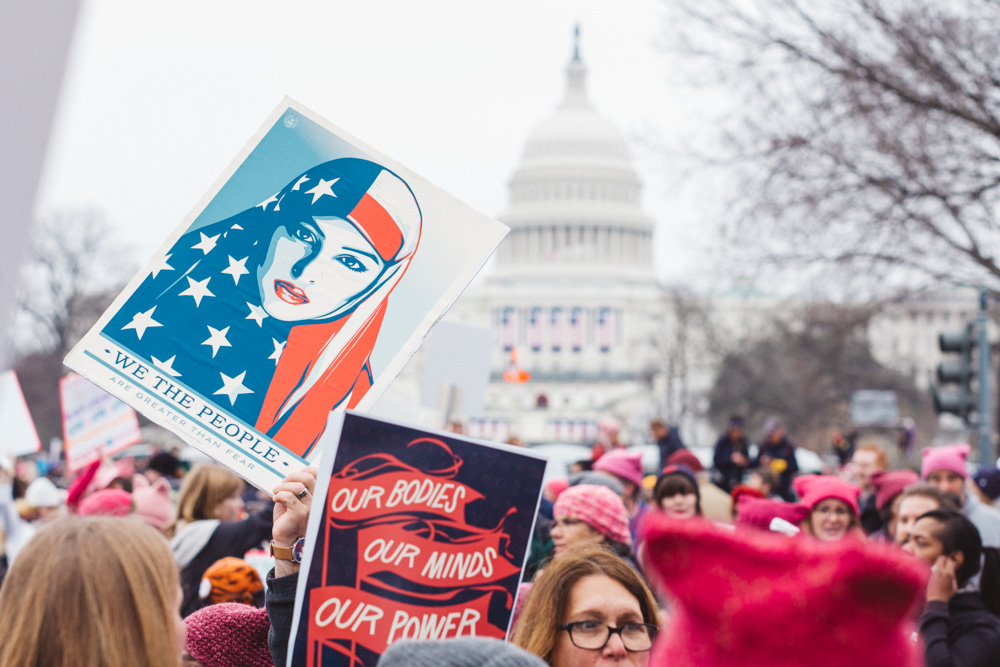The Drive to March:
Inauguration Protests & Women's March
Washington, DC / January 20-21, 2017
I made the long road trip from Austin, Texas to Washington D.C. to experience first-hand the atmosphere and controversy surrounding Donald Trump's inauguration as the 45th President of the United States. It was important to me to demonstrate solidarity with all women and vulnerable minorities in the Women's March, and to document what will no doubt be two very important days in American history.
Some context: I stay pretty well-informed of what government is up to and the impact of it's politics, but aside from one vote a year, I've been pretty skeptical about trying to effect it. For this reason, I thought it would be a good idea to open myself up to scrutiny and engage in the public debate more directly. I hoped to come away with a heightened level of optimism and activism for the values and issues I care most about.
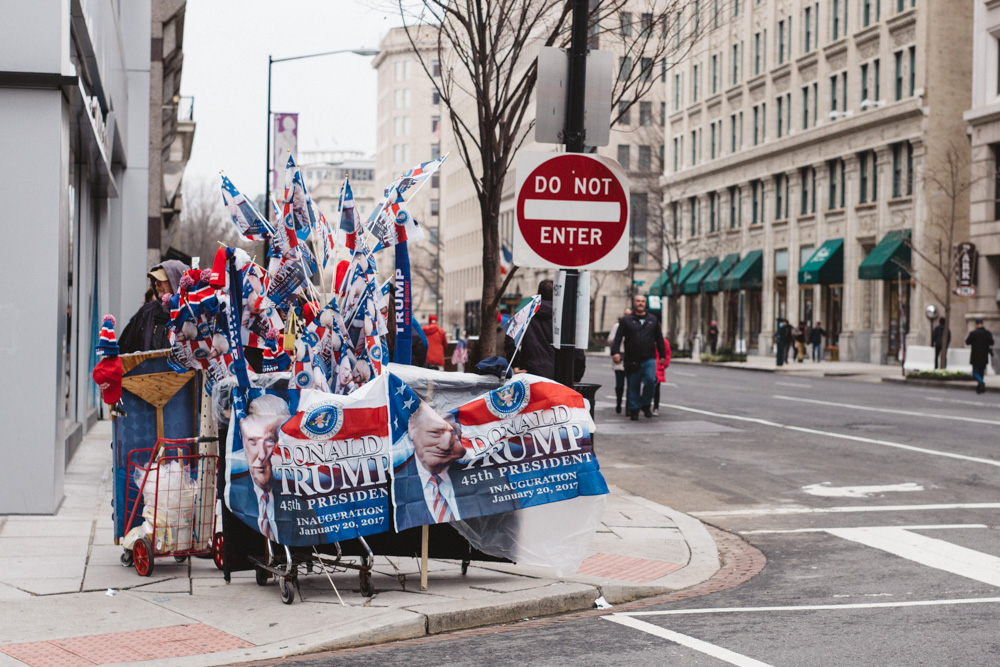
I arrived D.C. about 2am Friday morning, in time to beat the traffic and get a few hours of sleep. I was staying at the New York Avenue Presbyterian Church just two blocks from the White House. More on that later. I spent the first couple hours that morning walking among the thousands of Trump supporters queueing in the streets around the National Mall — lots of well-intentioned folks with big smiles and red hats. I felt happy for them, but also very lonely. The atmosphere seemed rather strange to me, with a mist of genuine celebration amid a fairly quiet city with guarded anticipation. For some, it was joy and redemption. For others, it was dread and resignation — perhaps a calm before the storm.
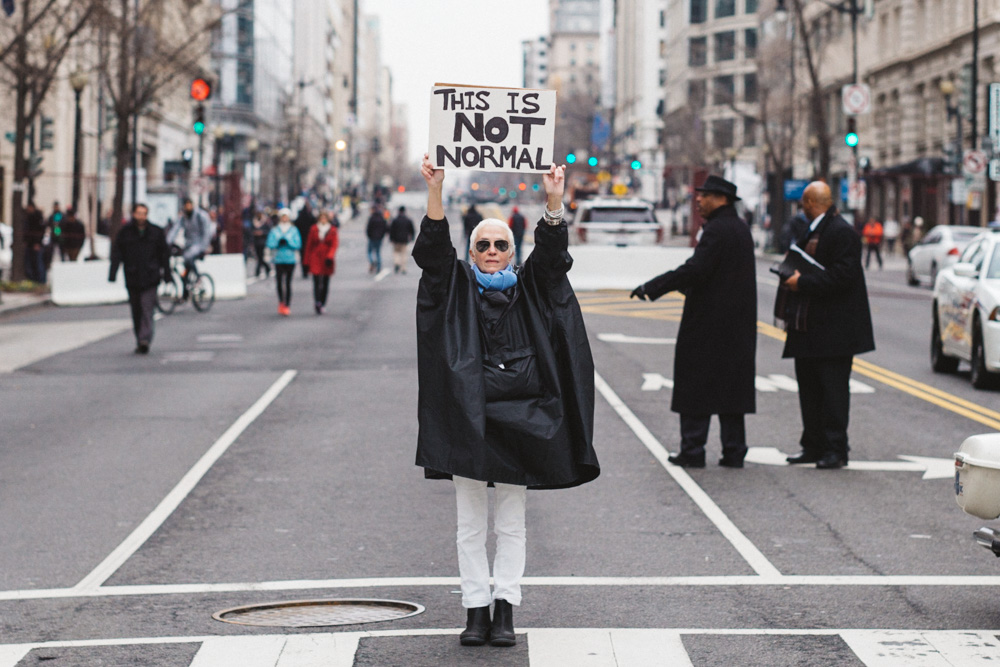
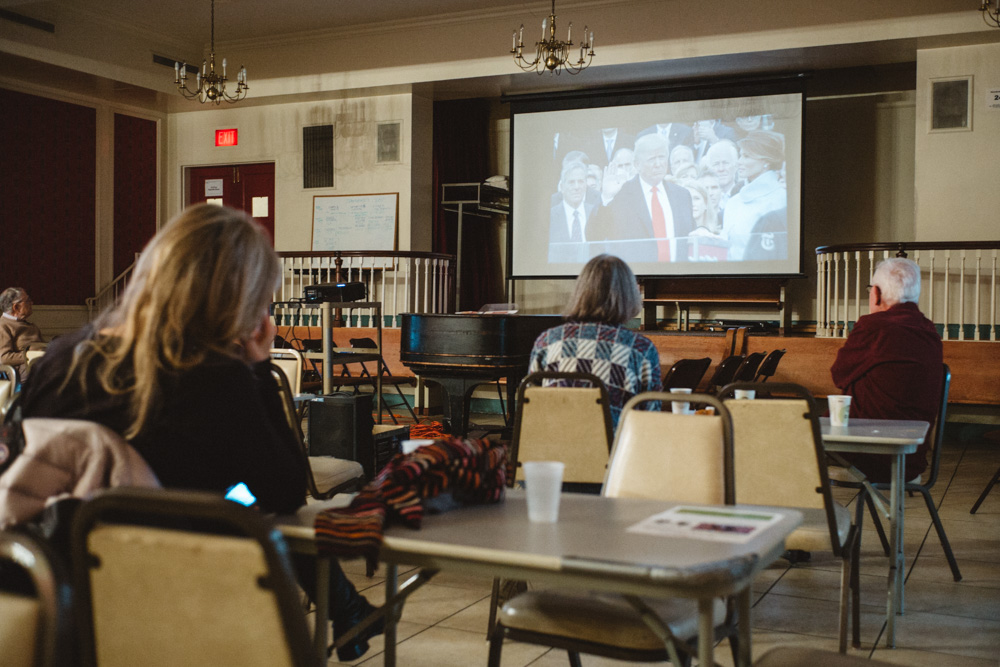
There was a small, rather somber group of people gathered at the New York Avenue Presbyterian Church. There, from a laptop in the middle of the room, they were watching Trump take the oath of office a short distance from where it was actually happening.
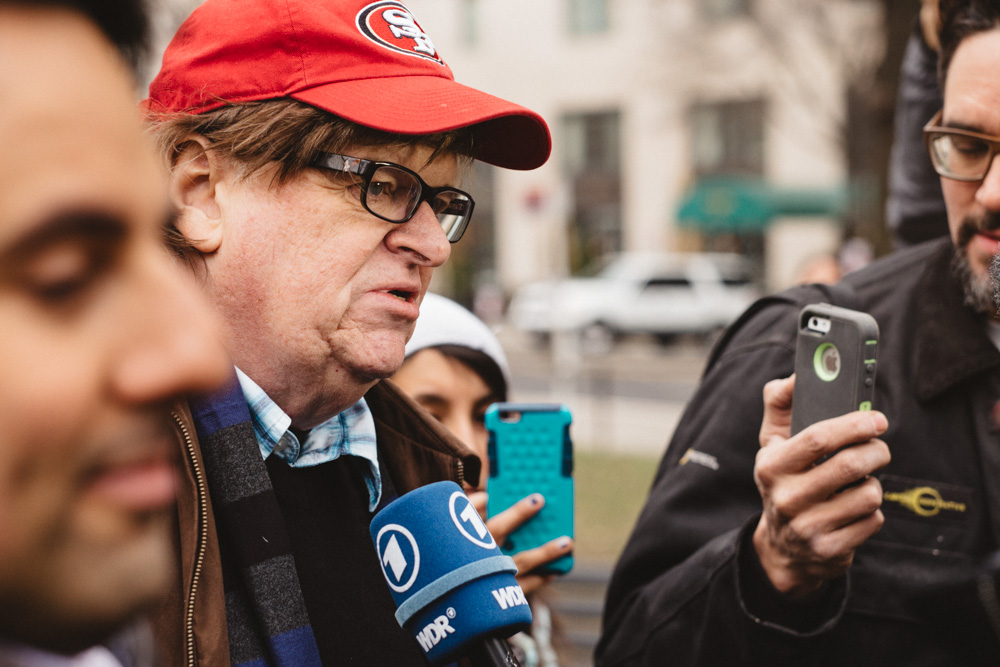
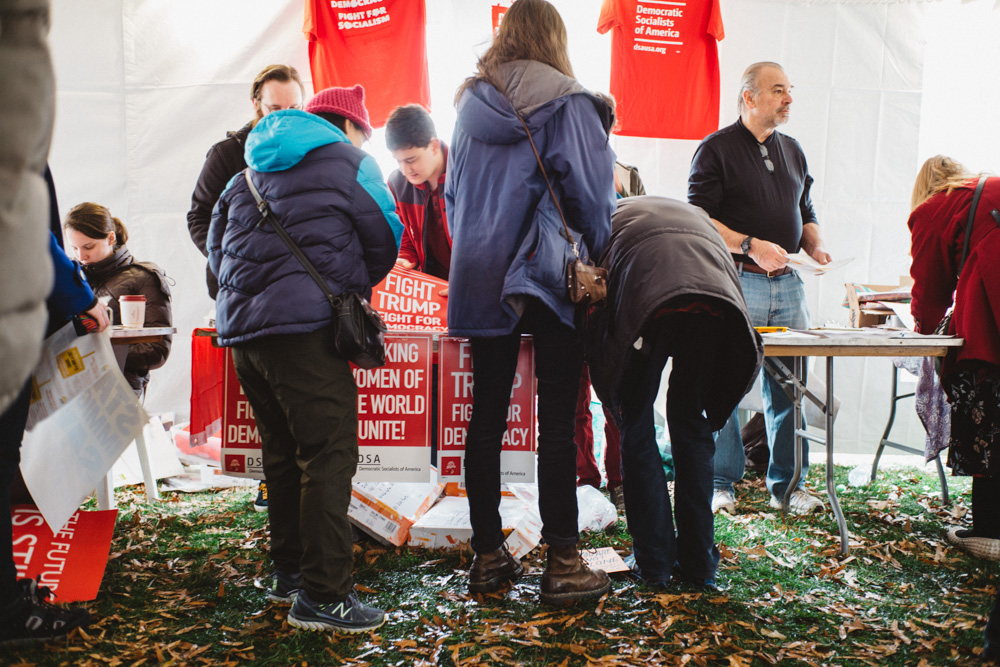
Michael Moore is here discussing Trump protests in McPherson Square, not far from the National Mall and the inauguration ceremony now underway. There were several tents and installations setup there by various grassroots organizers and a concert stage at nearby Franklin Square for protest-related performances.
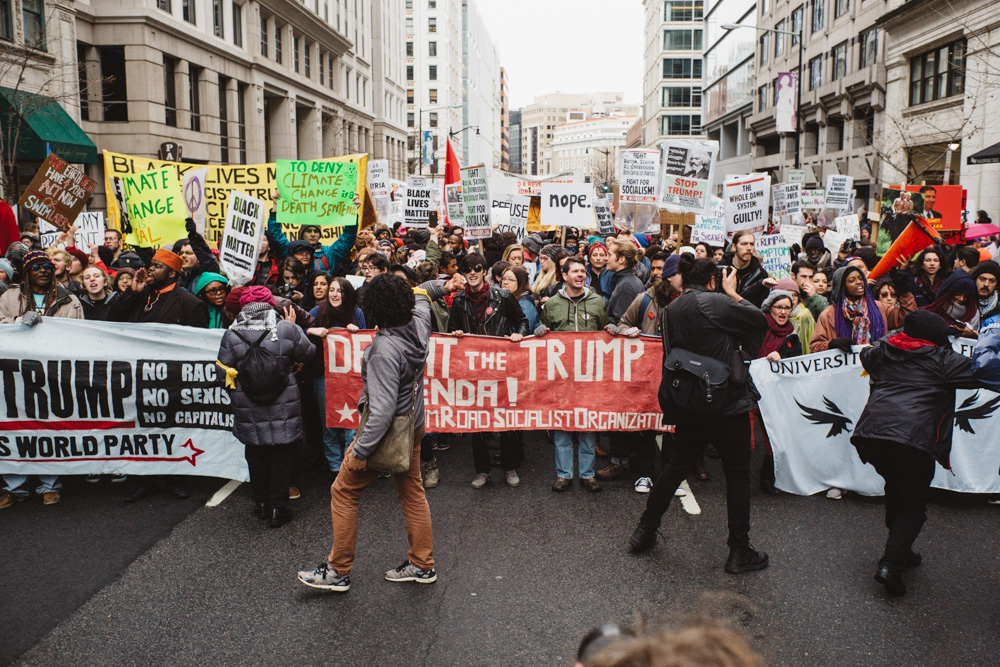
There was a sizable, loud and peaceful protest march that started about 11am. Though there were many different causes and issues on display, from climate change, women's rights and Black Lives Matter, there was a fairly obvious common thread among them.
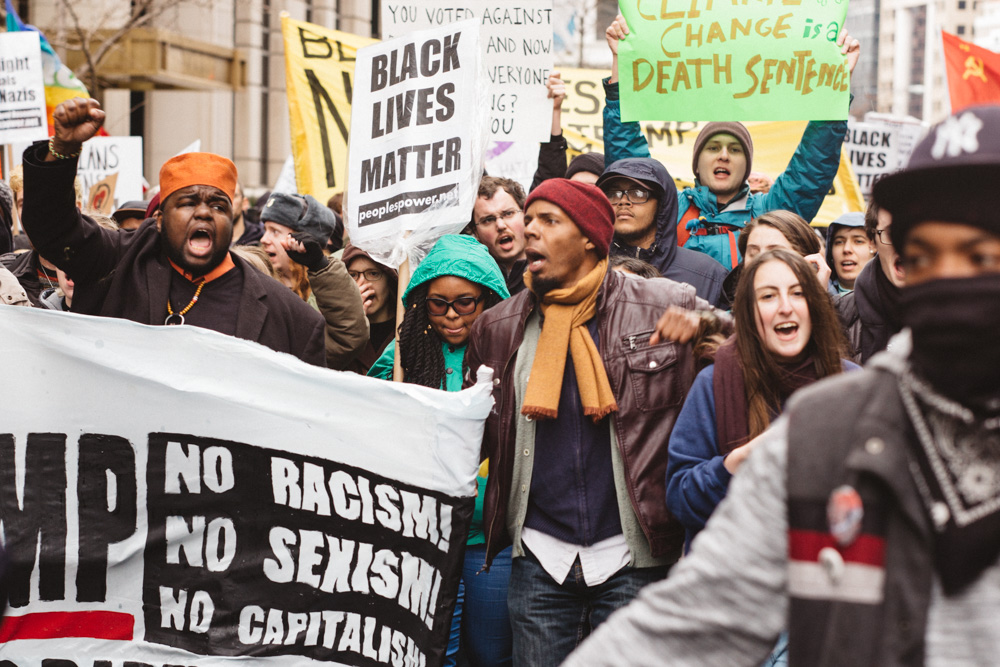
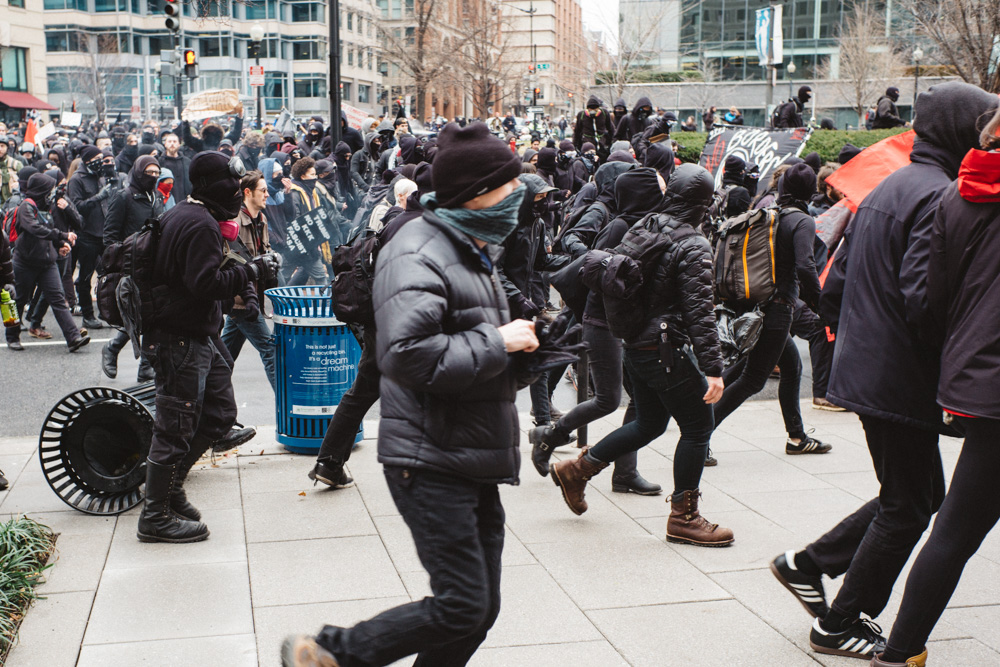
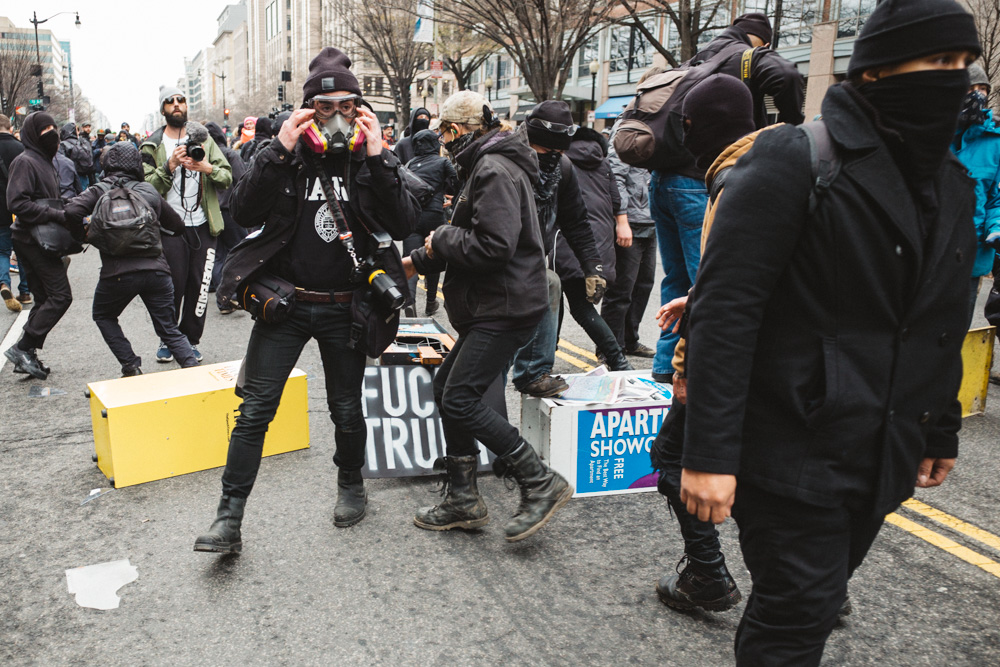
Later that afternoon, I witnessed a group of about 200 rioters run through the streets between McPherson and Mt. Vernon Square. They were smashing storefronts and cars, and taunting and throwing rocks at the police. I later learned that this was an anarchist group, referred to as a "black bloc," who are very familiar to police and political events. They came dressed in black and outfitted for a senseless fight that ran totally contrary to an otherwise peaceful day.
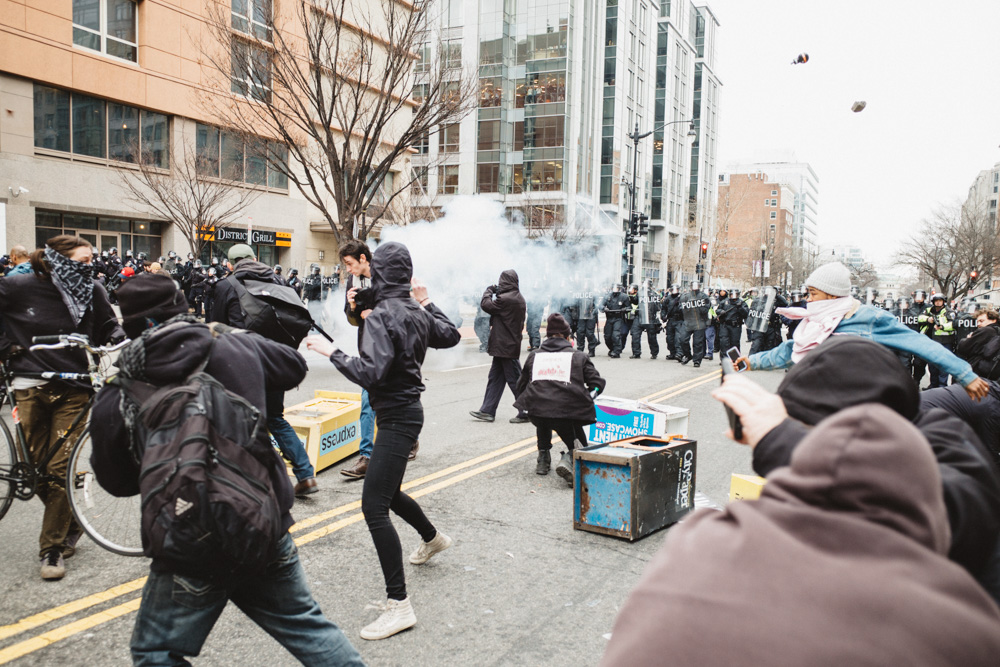
The exchange of rocks and bricks (from the rioters) and concussion grenades (from police) can be seen flying through the smoke-filled air. I was hit by one of the grenades and two exploded right next to me. It was intense. The police seemed to take control of the situation methodically and with an impressive degree of patience, especially given the number of cameras pointed right at them.
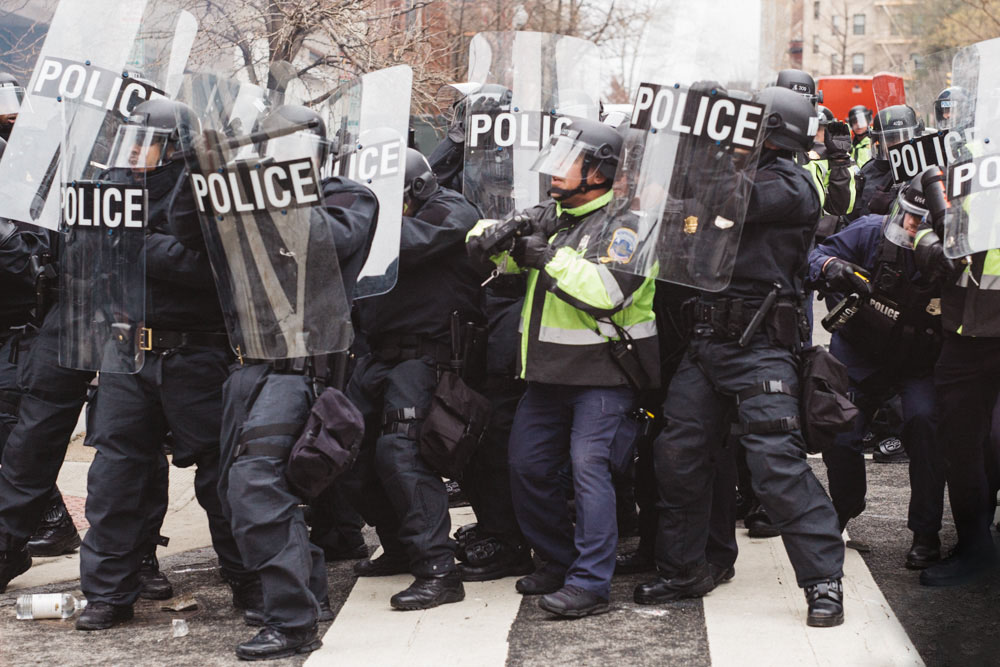
Police bracing themselves for a round of incoming rocks.
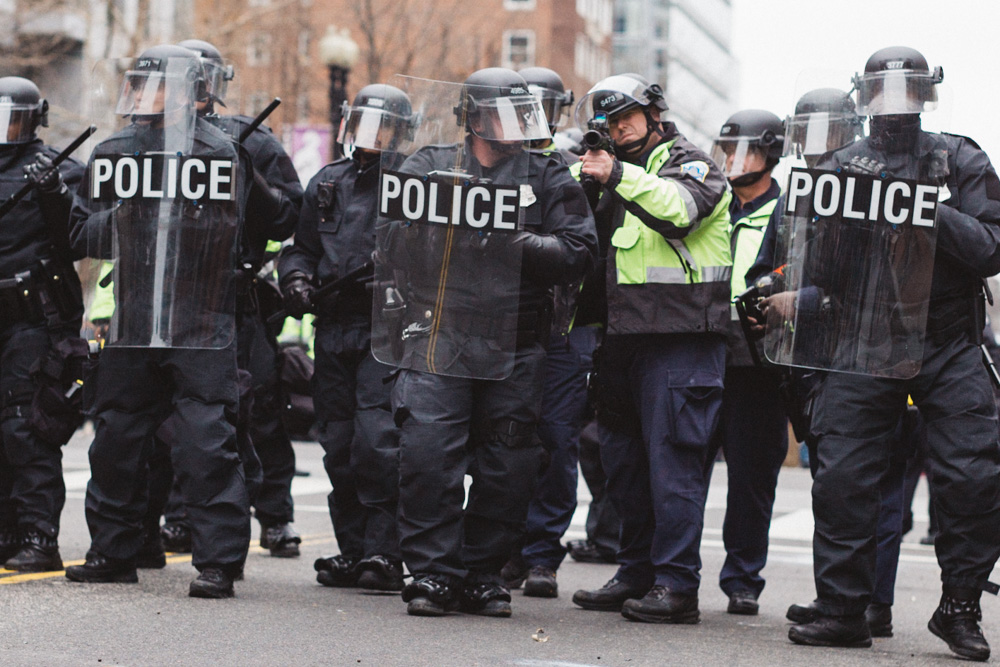
Police pointed a grenade launcher in my direction. I decided to move.
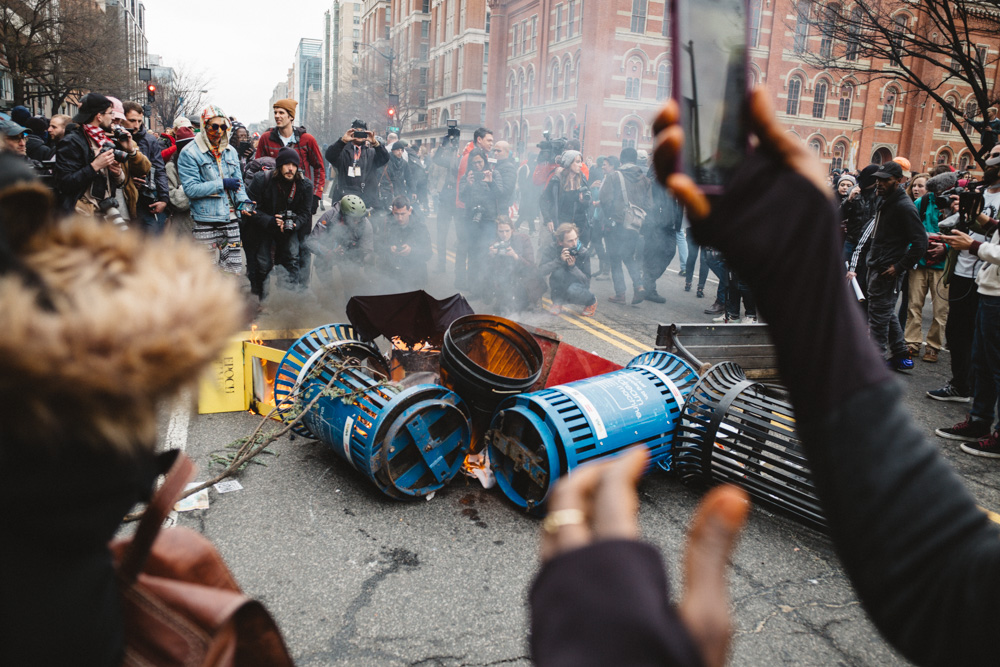
The number of cameras present (mine included) and how they swarmed like moths around innocuous flames created a very odd scene — one that became the greater story to me. It clearly demonstrated how the power of collective media coverage (by citizens and pros alike) can even unintentionally distort the balance of a story. I came away rather conflicted and self-conscious about this.
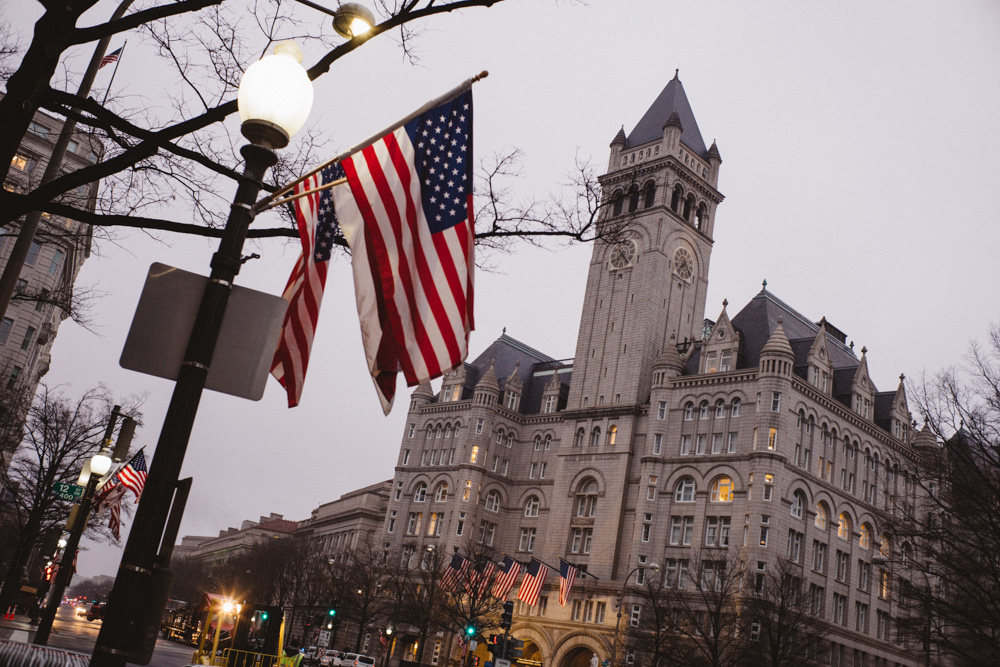
Later that evening, the beautiful Trump hotel occupying a government-owned building on Pennsylvania Avenue. Many now see this place as an audacious symbol of controversy with all of Trump's undisclosed and unprecedented conflicts of interest.
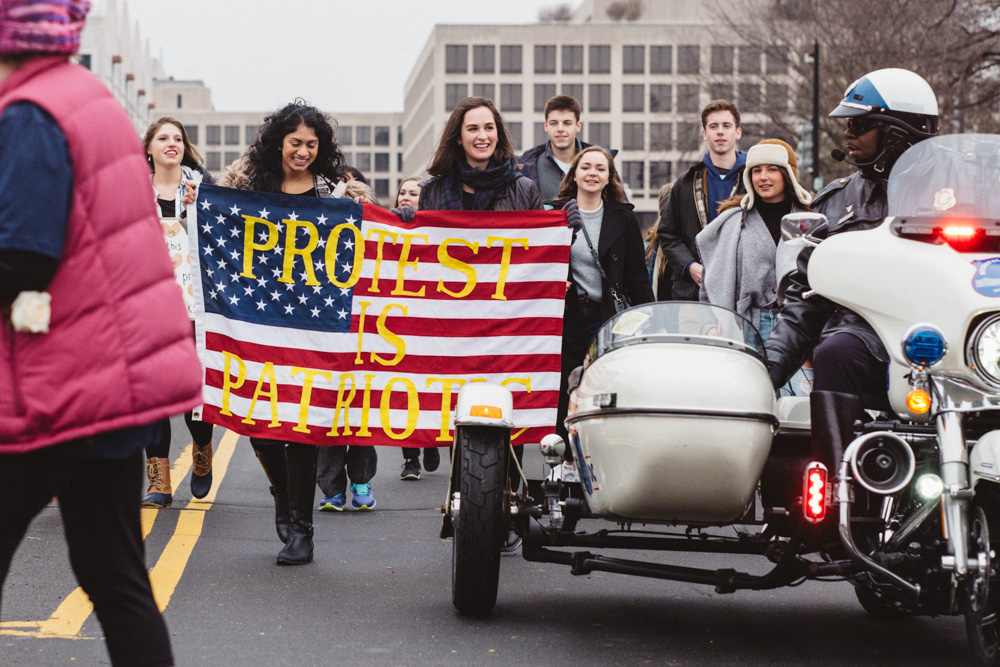
There's little more I could say about this day that hasn't already been said much better. But it's probably one of those rare events where pictures can say all that needs to be said. Literally. The city was completely overwhelmed with creative protest signs, pink hats, optimism, and a shared passion directed in one direction at a very high volume. More than 500,000 people joined in peaceful protest with millions more worldwide. It was a really beautiful thing to witness and be a part of.
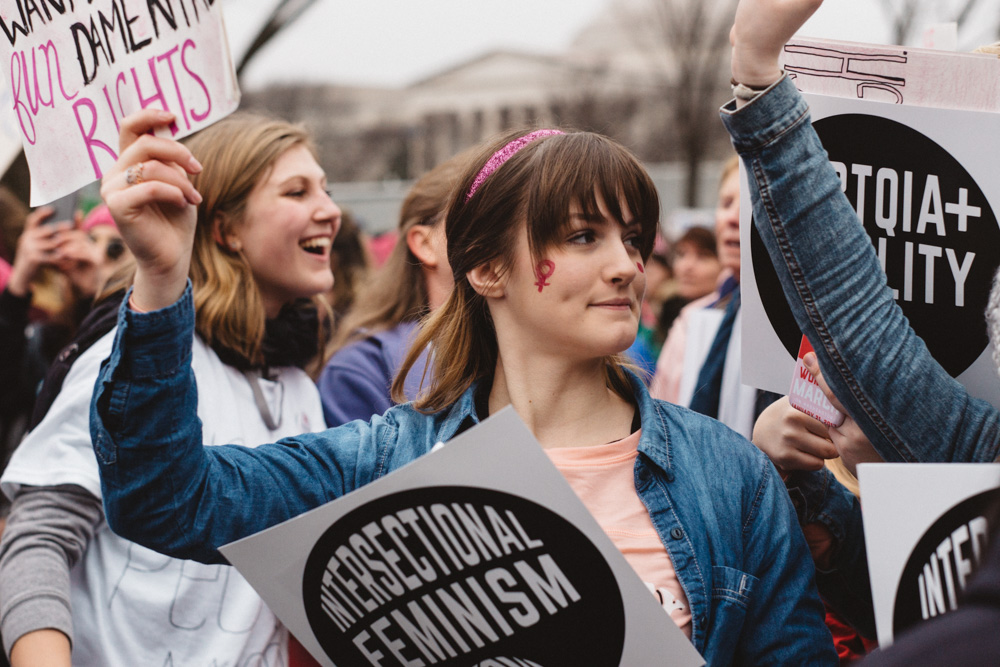
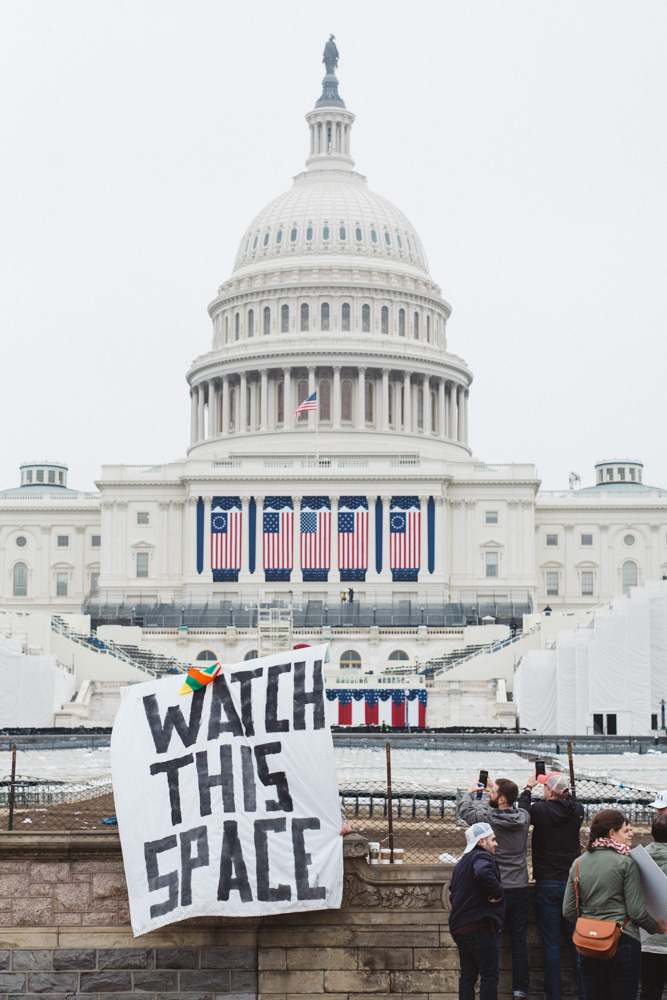
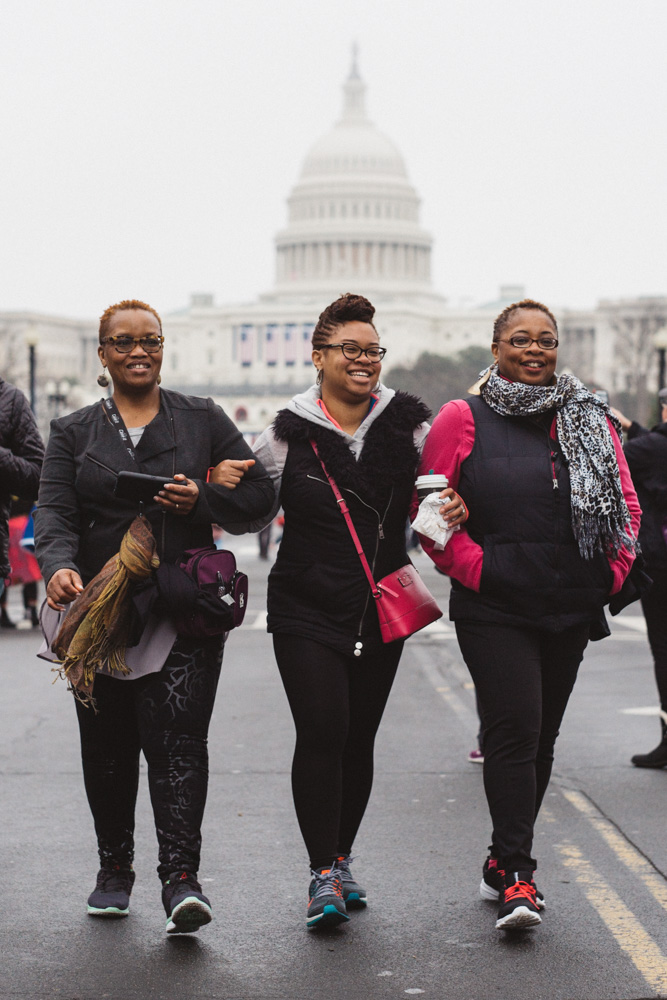
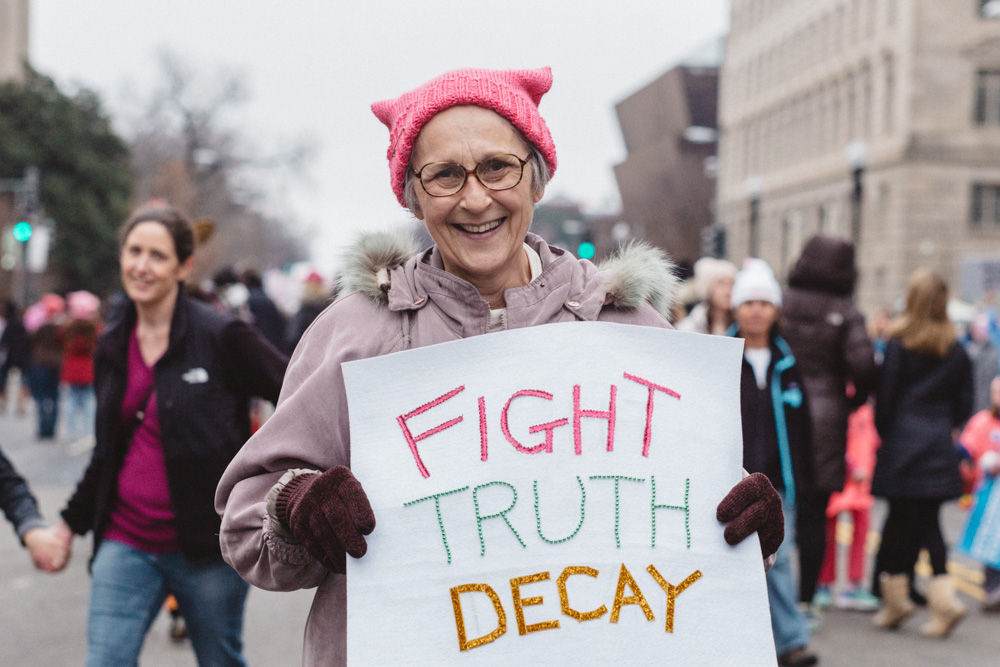
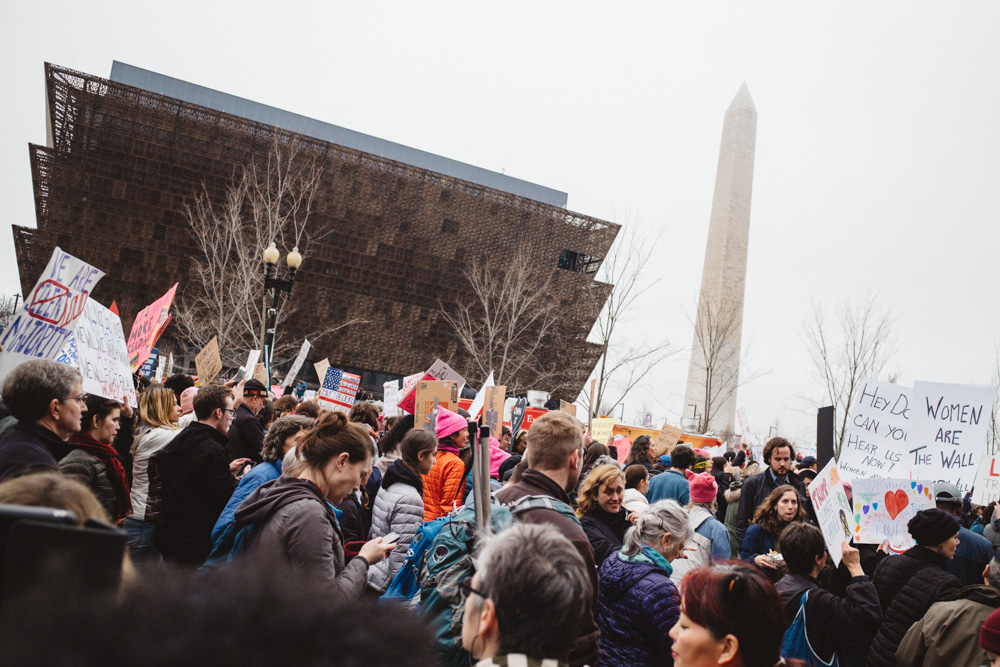
The march passes by the National Museum of African American History and the Washington Monument.
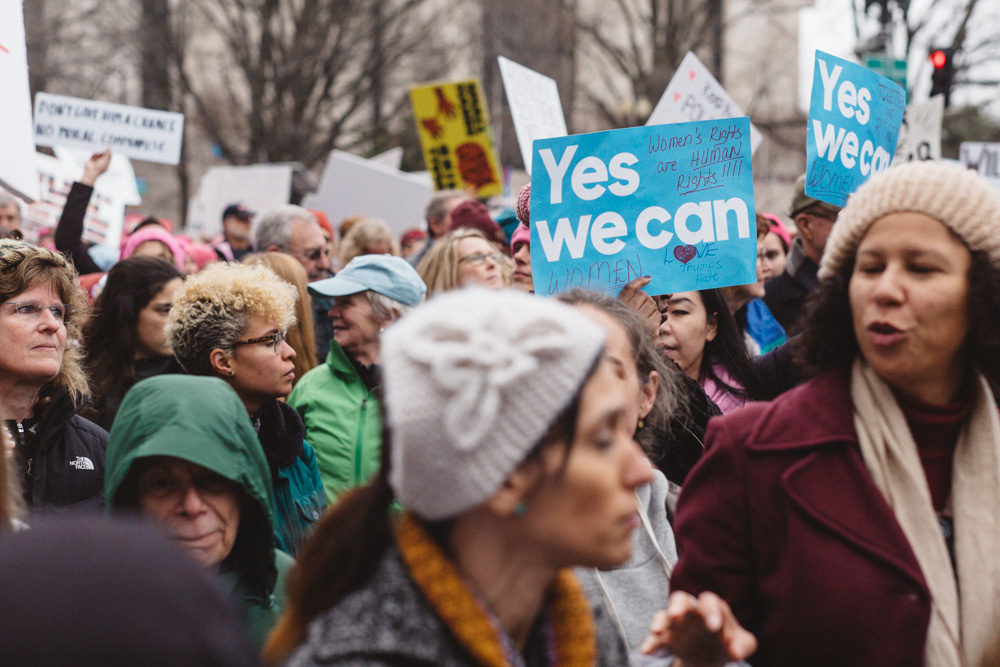
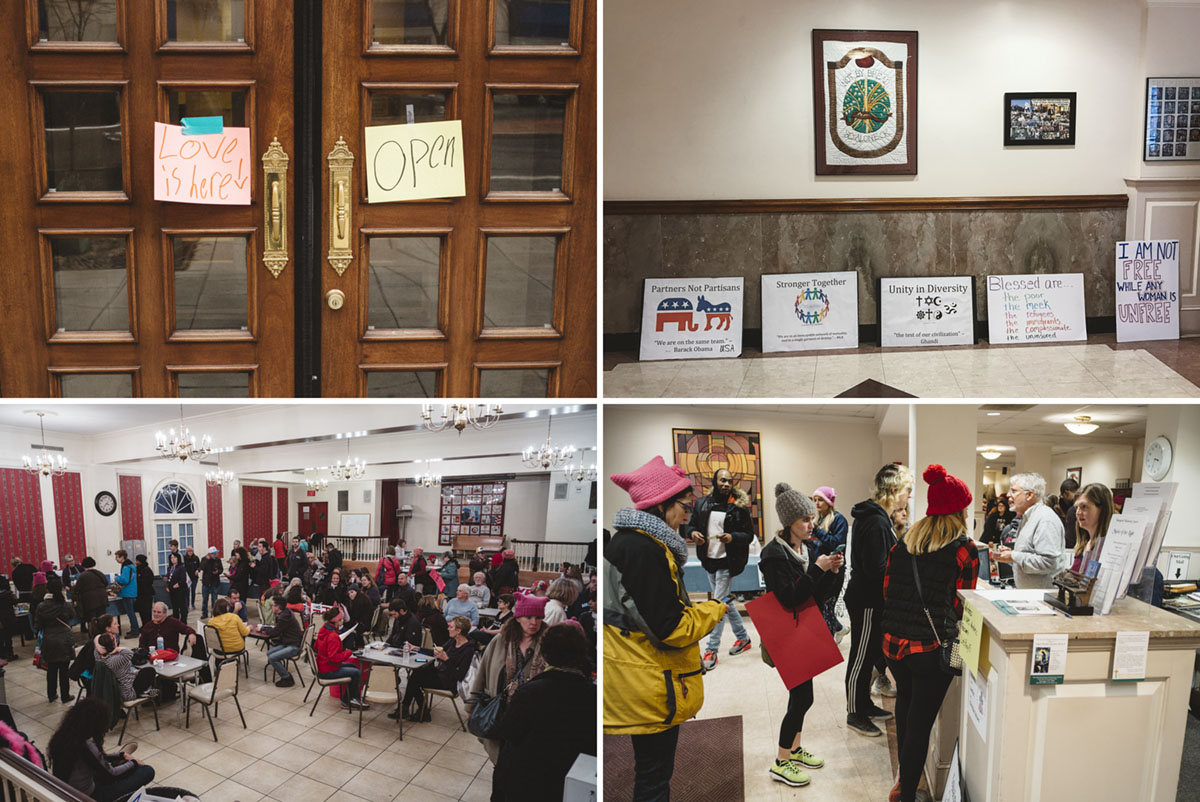
I spent two nights just two blocks from the White House, sleeping on the floor of a Sunday school classroom. The New York Avenue Presbyterian Church was a reassuring shelter amid the clouds of an unfortunate inauguration. It served as a valuable hub and resource for all the marchers and out-of-towners, sharing bathrooms, refreshments and love without discrimination or judgement.
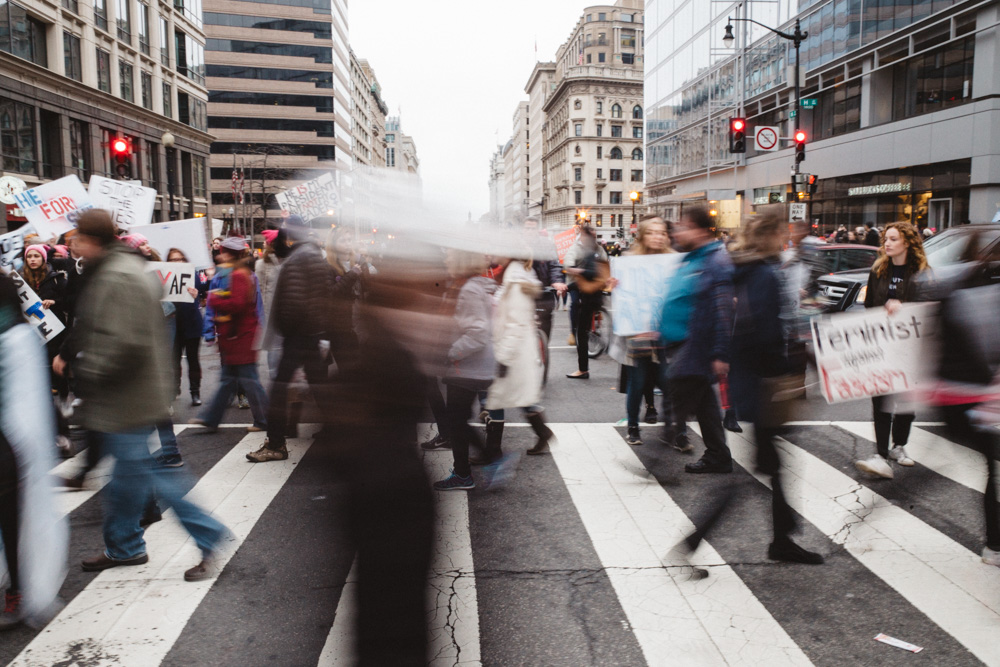
Whenever I'm in doubt about what path to take in life or when finding myself short of a better idea, I tend to practice the art of bumping into things and seeing what sticks. So that's pretty much what I did here. I spent nine days on the road to Washington D.C. in support of women, in protest of Trump, and in search of other landmarks along the way that provide some insights and historical context for what lies ahead.
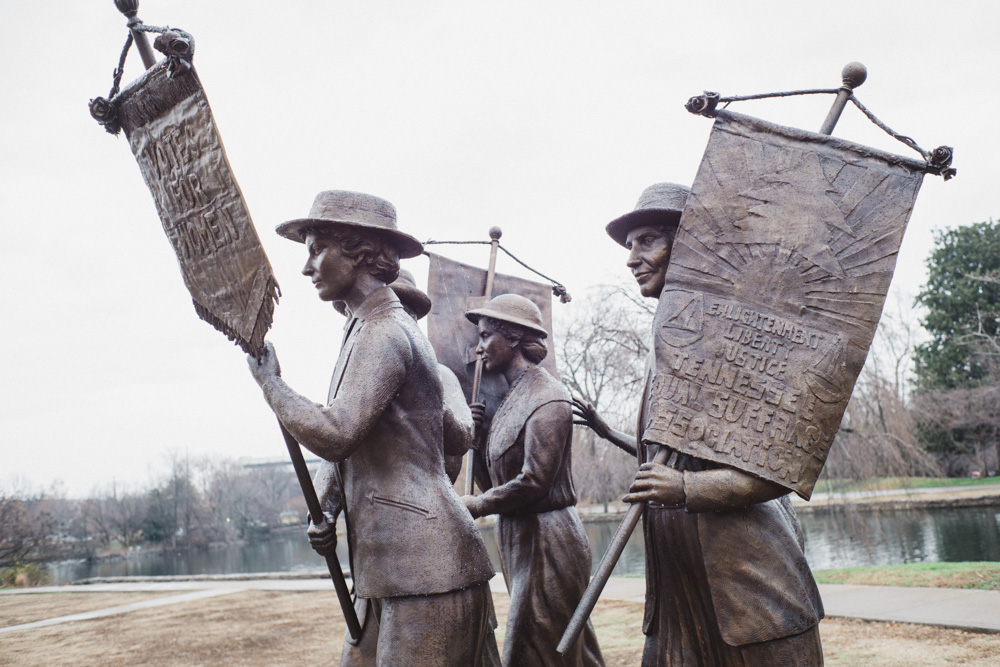
Along the way I made a visit to the Women's Suffrage Memorial in Nashville, Tennessee. It honors the women who campaigned the state to ratify the Nineteenth Amendment to the United States Constitution, giving women the right to vote in 1920. This statue is strikingly similar to what's happening now, 100 years later, at the Women's March on Washington. It's shameful that inequality is still a thing.
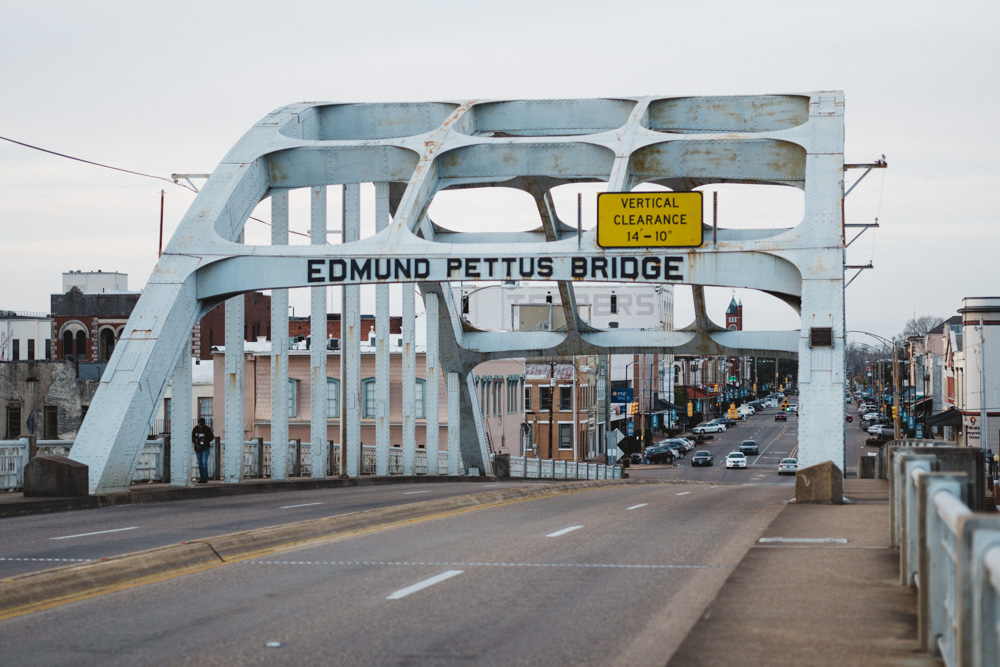
I also visited Selma, Alabama to better connect with and learn about the city's role in the civil rights movement. In 1965, Rep. John Lewis led a peaceful march over 5 days and 54 miles from Montgomery to the Edmund Pettus Bridge. The police violence and public visibility of what happened here in Selma, known as Bloody Sunday, was the catalyst to LBJ signing the Civil Rights Voting Act into law.
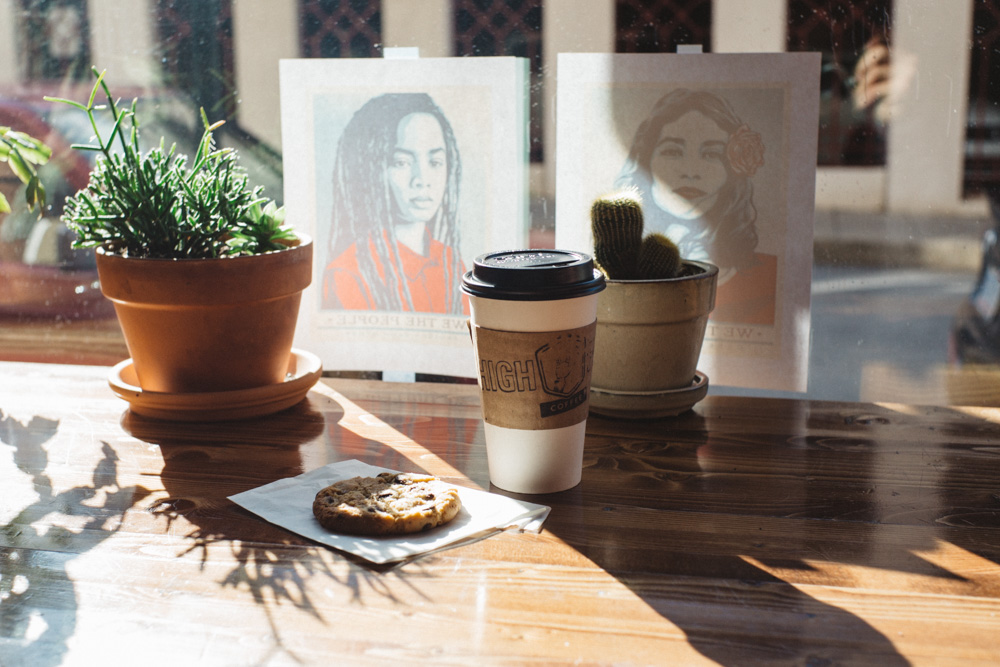
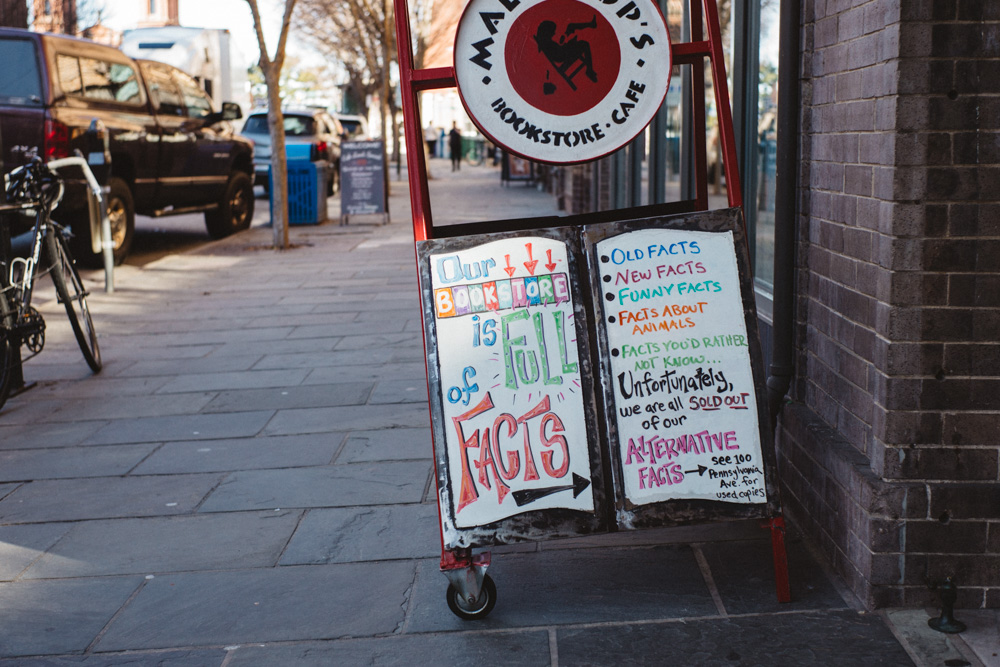
On the road returning south to Austin there are reminders of my weekend in D.C. and our government's new normal. Finding welcoming cafes with good coffee and wifi, like High Five Coffee in Asheville, NC, was also an important part of the journey.
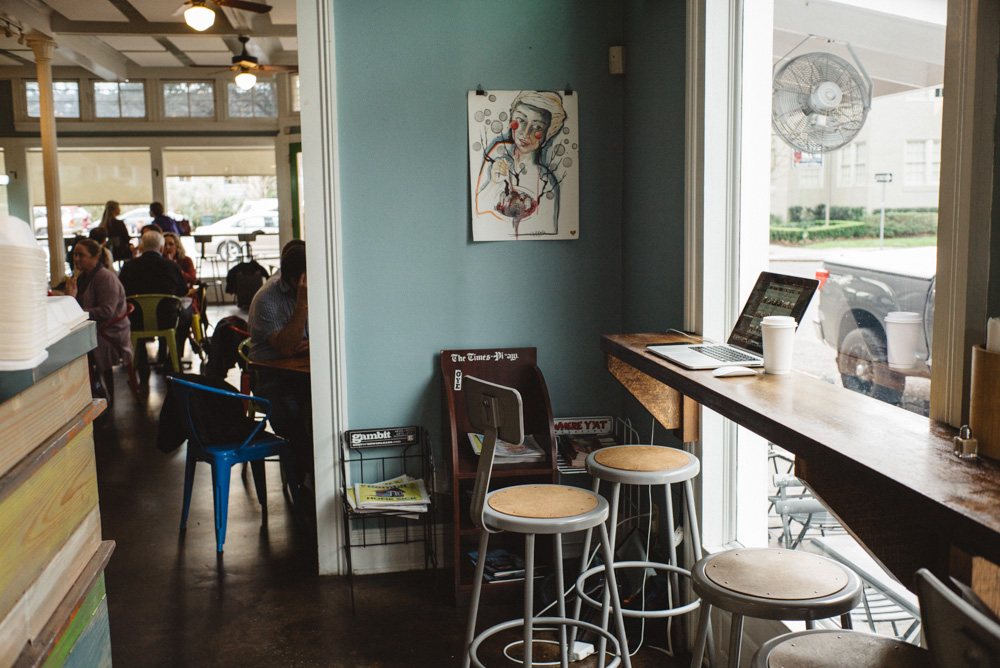
A morning respite and photo editing at Satsuma Cafe in New Orleans.
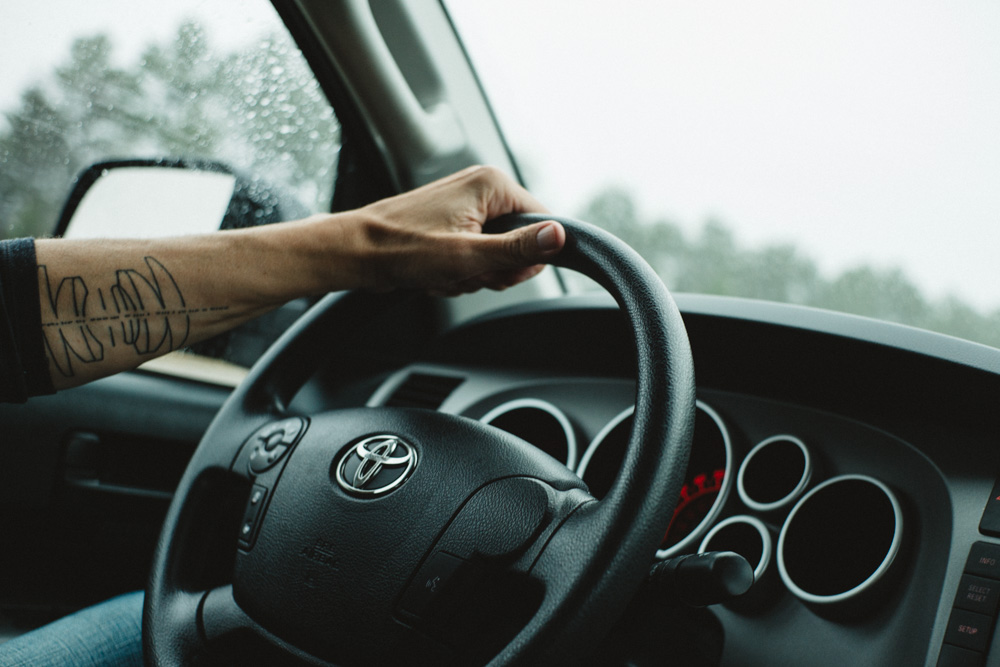
All told, I drove about 3500 circuitous miles between Austin and D.C. Politics aside, there was also plenty of time to reflect on the ups and downs to living out of a pickup truck while crisscrossing the country. The biggest downsides are things like: Finding a comfortable place to pull over and sleep for the night; feeling a bit greasy and ragged all day; and having to start each day as a stranger in a new place. But the upsides make it all worth while. There's the freedom of the road; seeing things up close; lots of time to think of big ideas; and having to start most days as a stranger in a new place. There's beauty in that I think. Just as there's beauty in an end that is also a beginning.
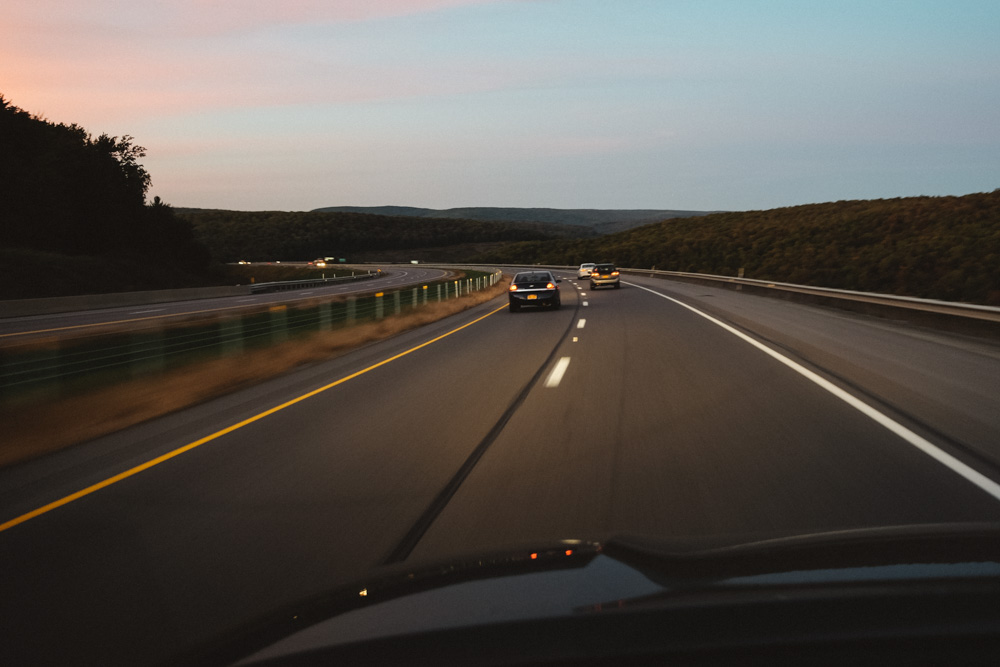
There are some more photographs on my Flickr album >
